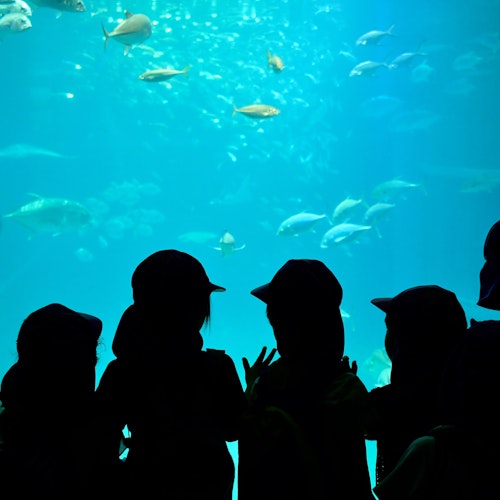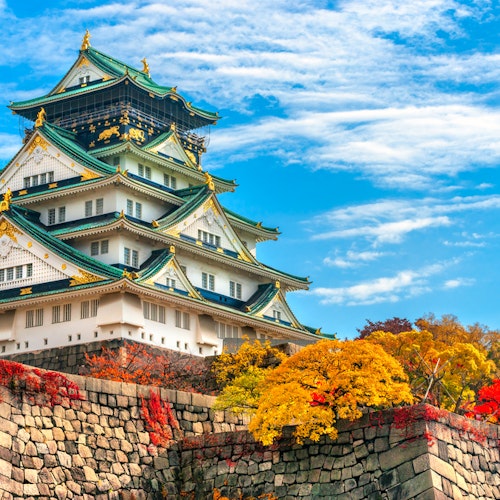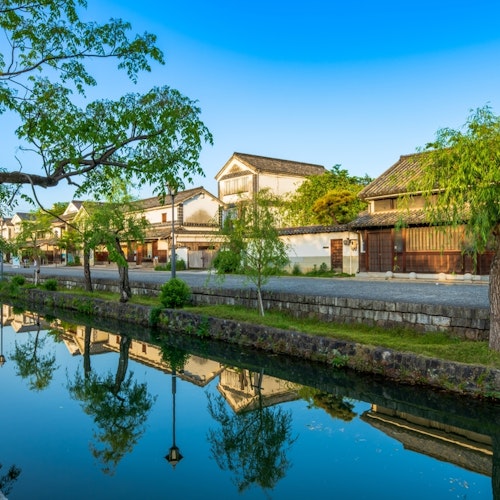
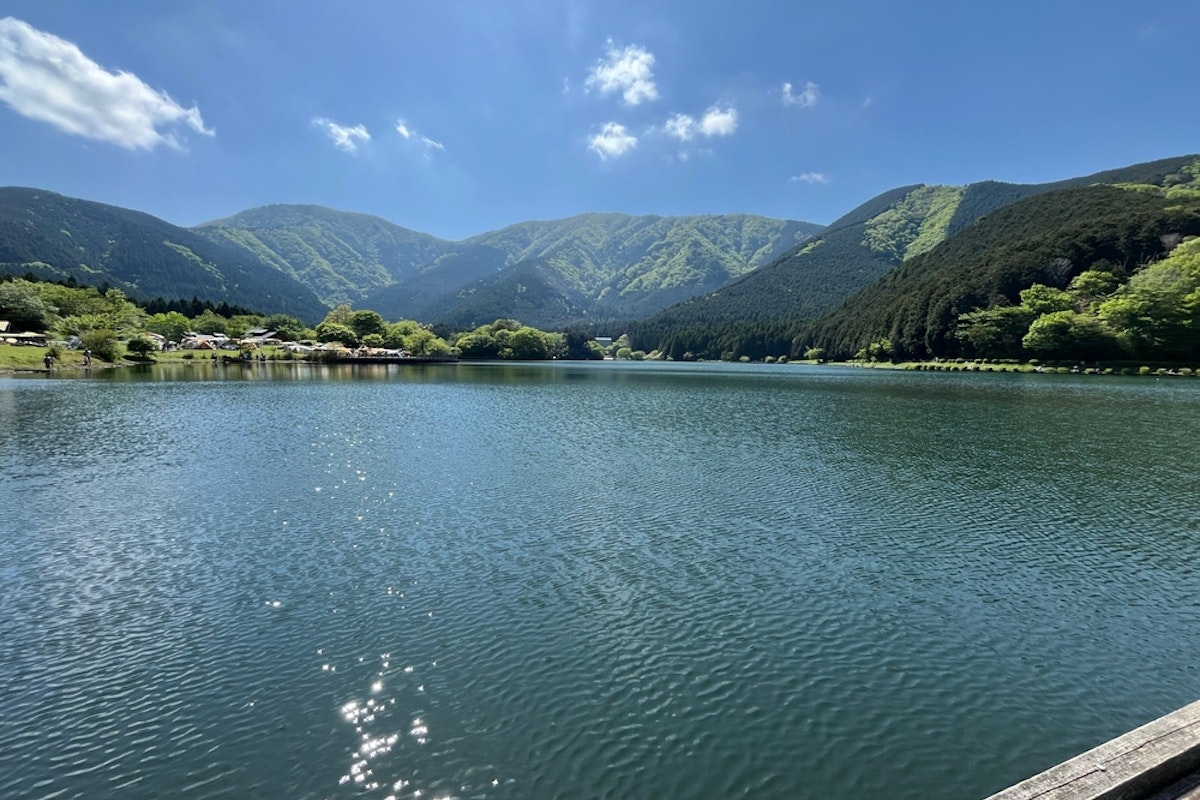
Wondering if Japan is really too hot to visit in the summer?
It's a question my customers ask me all the time. Summer in Japan is famous for being hot, sticky, and humid. But is it really so uncomfortable that you should skip visiting altogether? I'm going to give you a straightforward answer based on my experiences living and working here in Tokyo.
If you're traveling from the States, you might think you've experienced all types of heat—dry heat in Arizona or humid heat down in Florida. Japan's summer, though, is its own beast. From late June to early September, temperatures regularly hit the high 80s and even the low 90s Fahrenheit, with humidity often soaring above 75%. If you want exact numbers, Weather Spark has a useful overview that details the typical July weather conditions in Tokyo.
I often describe it to my friends back home as walking through warm soup. Imagine stepping outside, and within five minutes, you're drenched in sweat. This isn't an exaggeration—it's just a typical summer day in Tokyo or Osaka.
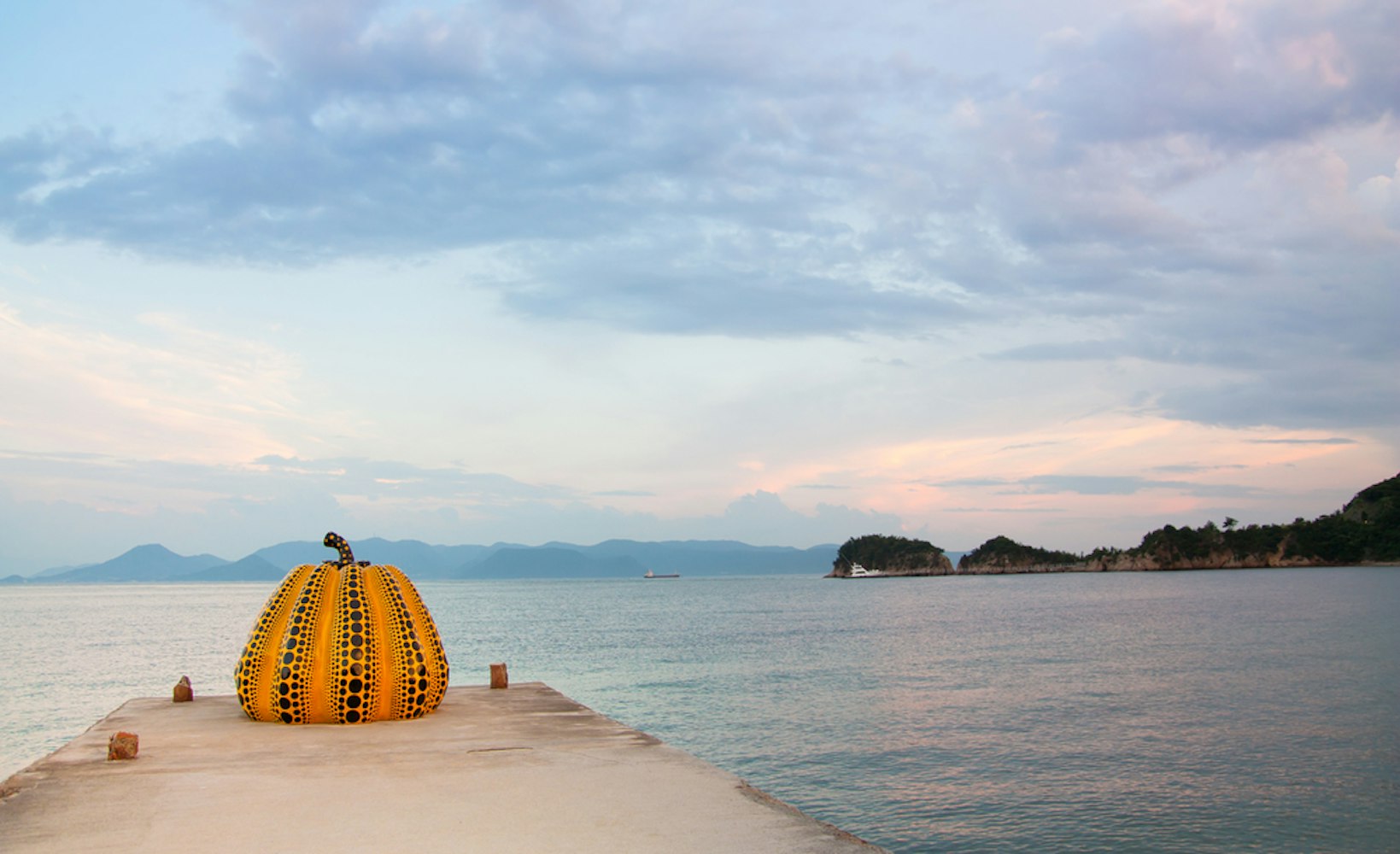
Interestingly, many visitors assume August would be the peak of the heatwave, but July is typically when Japan feels most intense. The rainy season wraps up in early July, and immediately afterward, the heat kicks into high gear. Humidity levels peak around this time too. Here's a solid explanation by Weather Atlas of the humidity levels typically experienced in July in Tokyo.
When I talk to travelers, especially those from cooler climates, they often underestimate just how oppressive this combination of heat and humidity can be. A recent customer from Seattle told me that after one day exploring temples in Kyoto, she felt completely drained—so planning ahead is key.
Japan's geography actually creates quite a bit of variation. The big cities—Tokyo, Kyoto, Osaka, Hiroshima—can be sweltering. But head up north to Hokkaido, and you'll find cooler, more manageable summer temperatures. Places like Hakone, known for mountain shrines and lakeside retreats, are also noticeably cooler than city centers. We've actually written an entire guide on Hakone Shrine, which can be a peaceful escape from the summer heat.
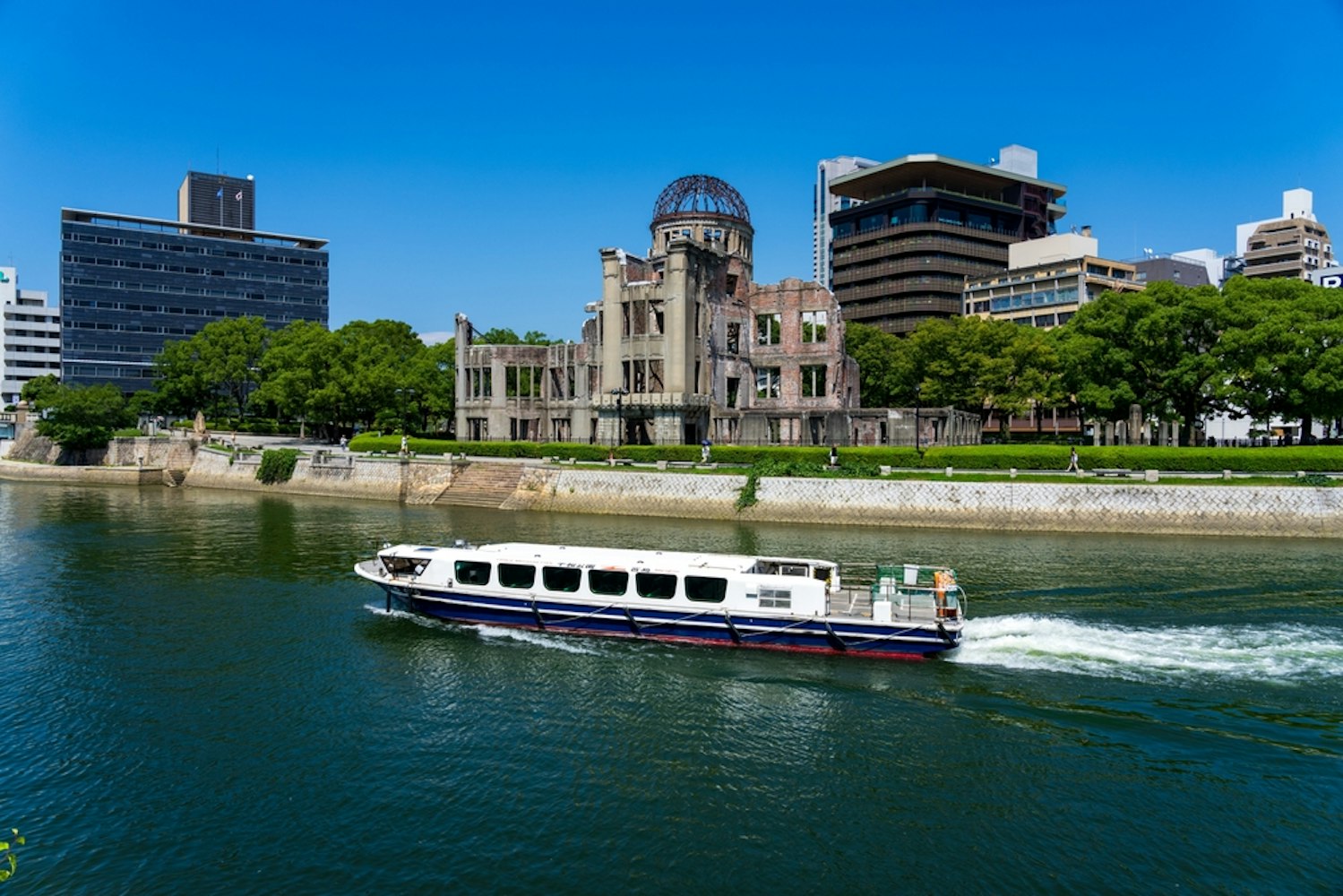
The locals have some clever methods that visitors quickly adopt. You'll see everyone carrying portable fans, cooling towels, or using cooling sprays sold at nearly every convenience store. Hydration is also taken seriously here—every street corner has vending machines filled with chilled beverages. A popular Japanese drink to try is "Pocari Sweat," a mildly flavored electrolyte beverage that helps you avoid dehydration.
It's also common to avoid being outdoors during peak heat hours (typically from noon to 3 PM). You'll notice that many locals prefer indoor activities, air-conditioned shopping malls, museums, or cafes during the hottest parts of the day. If you want to experience local culture indoors, we've written a helpful article about samurai and geisha traditions, perfect for staying cool and still enjoying authentic experiences.

Immerse yourself in Tokyo's whimsical charm at our Hedgehog Café in Harajuku!
I won't sugarcoat it—sightseeing in Japan's midsummer heat can be challenging. But if you're prepared, it's absolutely manageable. I always advise visitors to plan their outdoor sightseeing for early morning or later in the afternoon. Not only is it cooler, but attractions are usually less crowded during these times as well.
Some of the most stunning summer moments I've enjoyed were in the evening. For example, seeing the city from above at sunset from Shibuya Sky or strolling around Ueno Park after sundown offers beautiful views without the scorching heat.
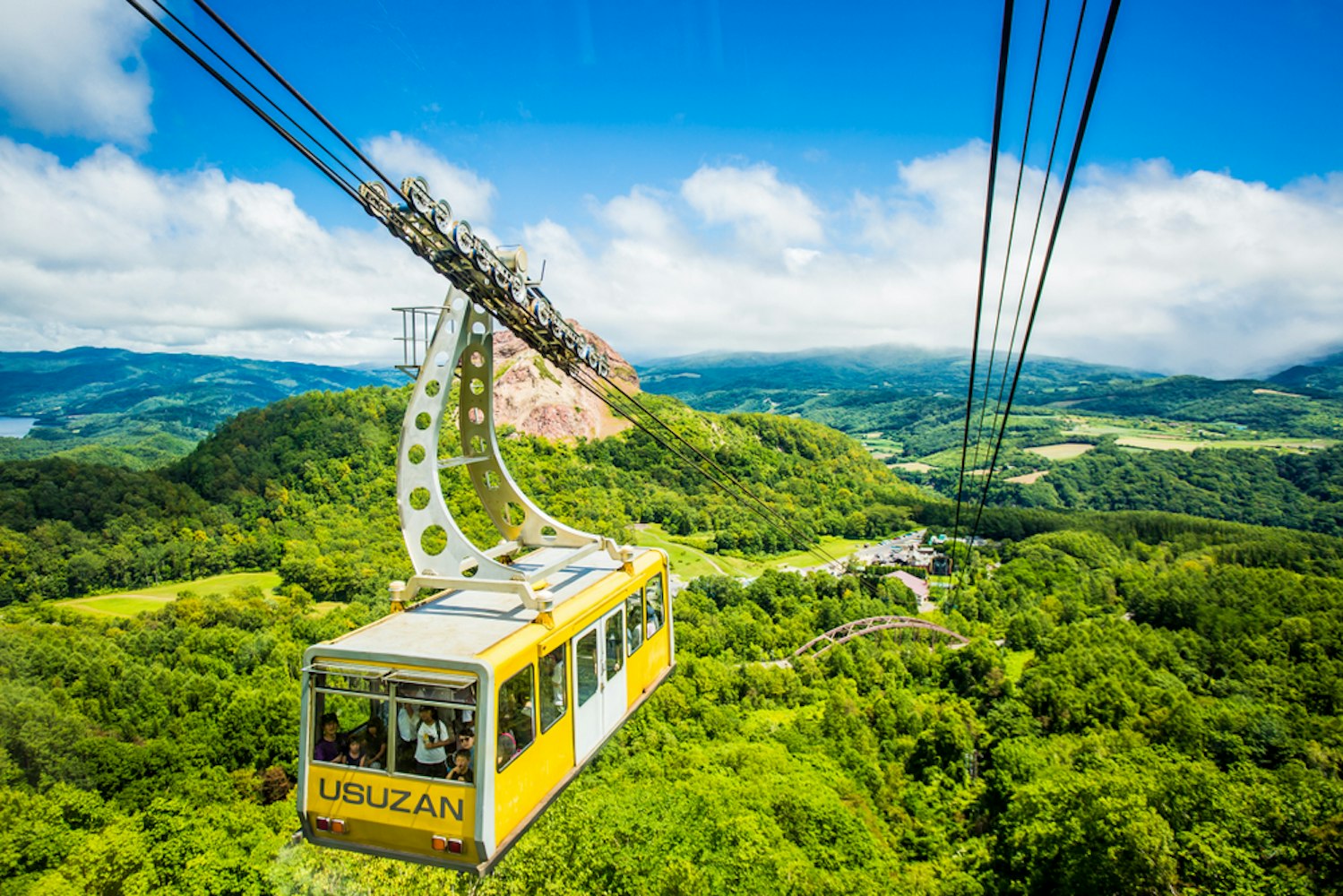
Truthfully, if heat and humidity are your absolute deal-breakers, summer might not be the best season for your Japan adventure. I've noticed on various travel forums and heard from several customers who've underestimated how much the heat would impact their trip. But if your vacation window aligns with summer, it doesn't mean you can't have a fantastic experience.
Japan in July and August is buzzing with events. We’ve covered a ton of them in our guide to must-see July events and festivals in Japan, and these can be unforgettable experiences. Fireworks festivals, or hanabi, are iconic, drawing huge crowds with mesmerizing displays that completely justify enduring the daytime heat.
If you’re set on summer but prefer to dodge the worst of the heat, Hokkaido is your go-to. This northernmost island has a totally different climate compared to Tokyo. It's cooler, less humid, and feels refreshingly comfortable. For example, Sapporo, Hokkaido's main city, sees average summer temperatures closer to the mid-70s. Compared to Tokyo's typical high 80s, that's a noticeable relief.
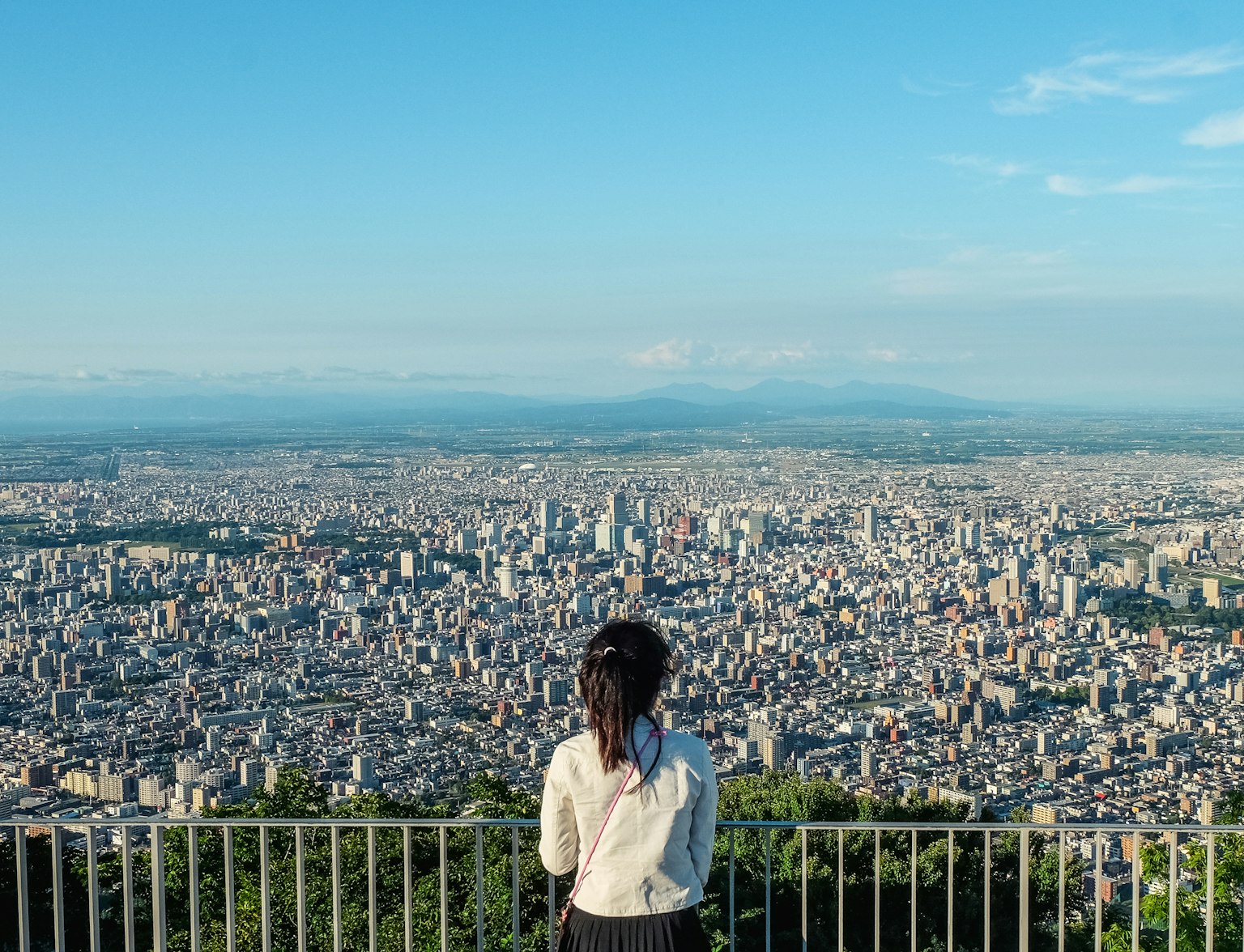
Enjoy a flexible 3-8 hour journey through the city's iconic sights and hidden treasures.
Alternatively, coastal and mountainous regions like Hakone, or Miyajima near Hiroshima, offer respite as well. Our travelers often enjoy our curated trips that explore Osaka, Hiroshima, Miyajima, and Naoshima. These locations often have cooler temperatures and refreshing ocean breezes, making your visit much more comfortable.

If you do decide to brave Japan’s summer months, packing wisely is crucial. My customers often thank me later for recommending breathable, quick-dry clothing made from materials like linen or light cotton. Trust me—leave the denim at home. You'll also want to pack plenty of sunscreen, sunglasses, and a good hat to protect against the sun, because UV rays here can be intense.
A reusable water bottle is a lifesaver. There are plenty of places to refill, plus vending machines practically everywhere. Consider a cooling towel, too; you wet it, wring it out, and drape it around your neck for instant relief. My American customers especially rave about these towels, surprised at how effective they are in beating the heat.
Despite the humidity, summer is filled with activities unique to this time of year. Fireworks festivals, known locally as hanabi taikai, light up the sky and bring communities together. Thousands gather wearing colorful yukata (light summer kimono), creating an unforgettable atmosphere.
Summer is also perfect for mountain and coastal escapes. If you enjoy outdoor adventures but want cooler weather, consider a short trip to Mount Fuji. We even have dedicated articles on the best views of Mount Fuji from Tokyo, which helps you plan an enjoyable day trip or overnight stay in cooler mountain air.
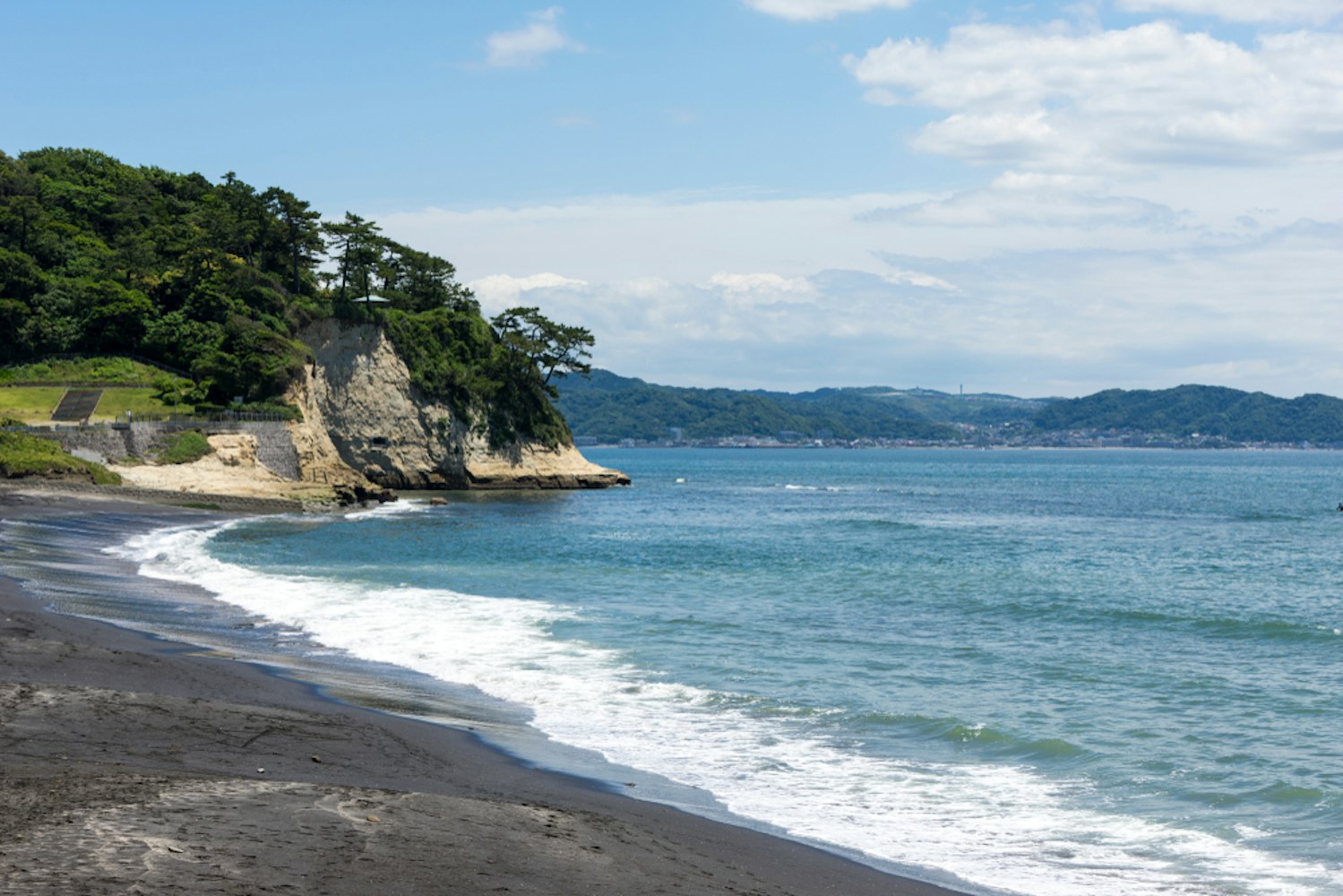
Absolutely! Beaches offer the perfect escape from urban heat. Japan boasts many beautiful coastal areas—like Kamakura, just an hour south of Tokyo. In my experience, Kamakura blends relaxing beach vibes with historical sightseeing perfectly. For more details, check out our Kamakura beach guide, which includes useful tips for visiting.
Another great option is Okinawa. This tropical archipelago offers crystal-clear waters, white sandy beaches, and laid-back island living. It’s noticeably hotter, but ocean breezes and swimming opportunities make the heat feel far less oppressive.
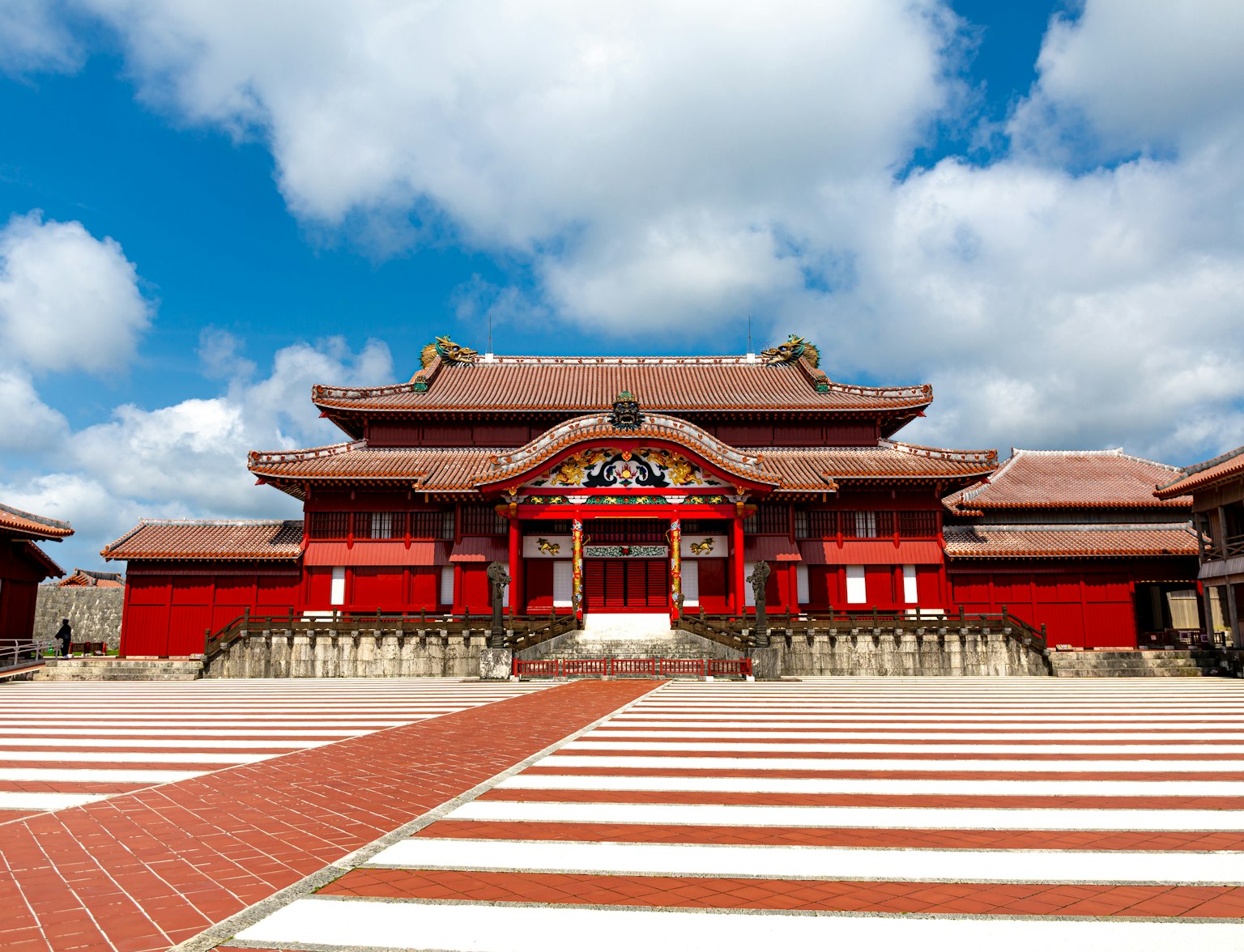
Discover the gems of Okinawa on our sightseeing bus tour!
One thing I always advise is exploring local cuisine as a way to cope with the heat. Japanese summer dishes are refreshing, flavorful, and designed specifically to cool you down. Cold noodles like zaru soba (chilled buckwheat noodles) or hiyashi chuka (cold ramen noodles topped with sliced vegetables) are deliciously refreshing. Restaurants all over Tokyo, Osaka, and Kyoto offer summer menus featuring these cooling dishes.
Ice cream lovers should definitely indulge in kakigōri—Japanese shaved ice topped with sweet syrups, condensed milk, and sometimes even fresh fruit. Kakigōri stands pop up everywhere in summer, and each shop has its unique twist. Exploring local markets in Osaka—covered in our article on local markets in Osaka—is a great place to discover these tasty treats.
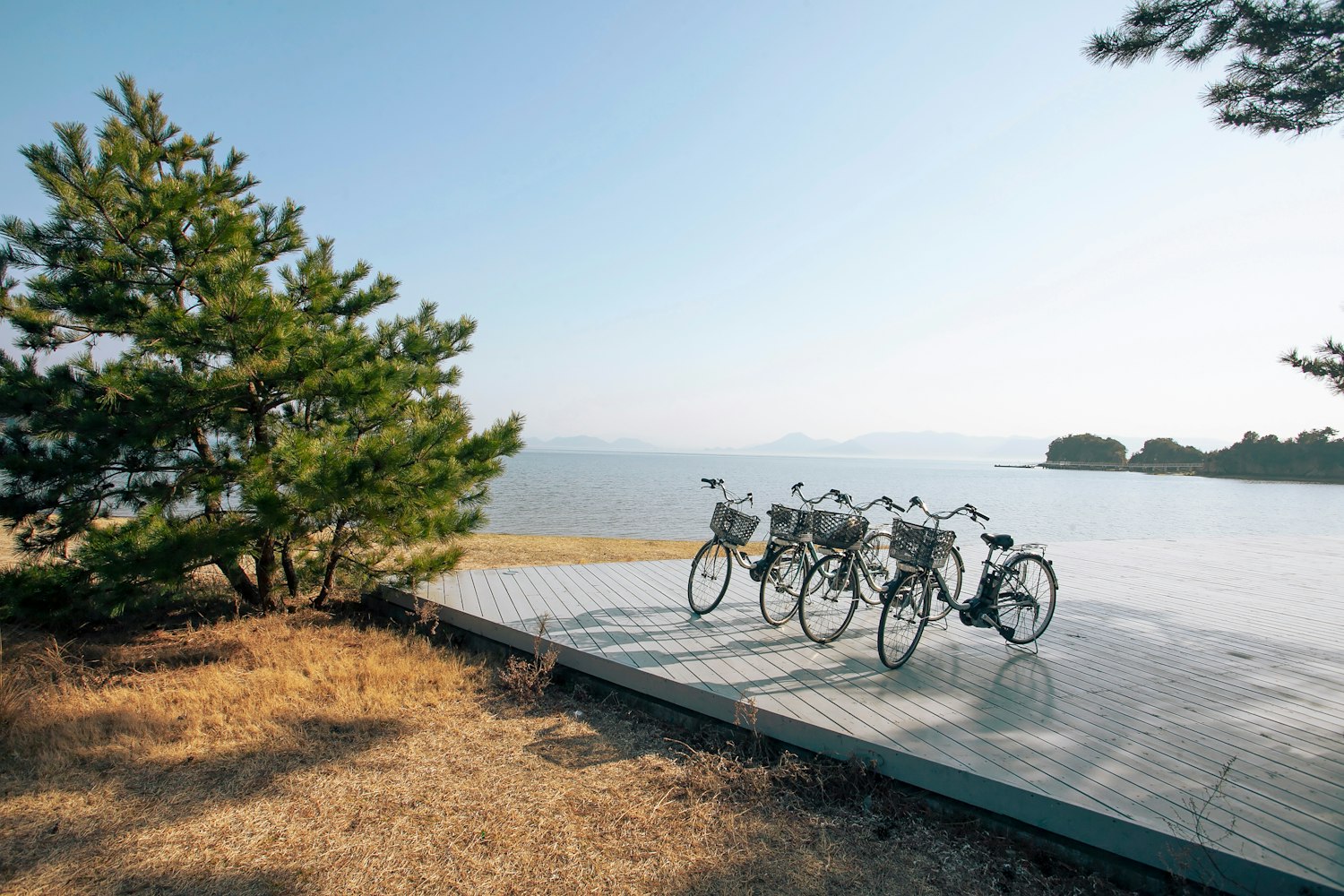
One significant advantage to consider is cost. Because summer isn’t peak tourist season—spring (cherry blossom season) and autumn (fall foliage) are far more popular—you might find better deals on flights and accommodations. Hotels frequently offer summer promotions, and flights from the US are usually cheaper around this time. If budget travel is a priority, summer could actually be your best bet.
I often help customers find excellent travel packages specifically designed for families during summer. For example, we have carefully curated family-friendly trips to Tokyo, Disney, Kyoto, Osaka, and Universal Studios that make it affordable and enjoyable for everyone.
I frequently hear travelers discuss their experiences online and in person. Many agree it's challenging, but almost all say it's manageable with proper preparation. Recently, a customer mentioned that, despite the initial shock of humidity, attending local festivals and enjoying summer foods made their trip memorable.
Another common piece of advice travelers share is planning rest days or lighter activity days between busy sightseeing days. This approach gives your body a chance to recover and helps you enjoy your trip without feeling overly exhausted.
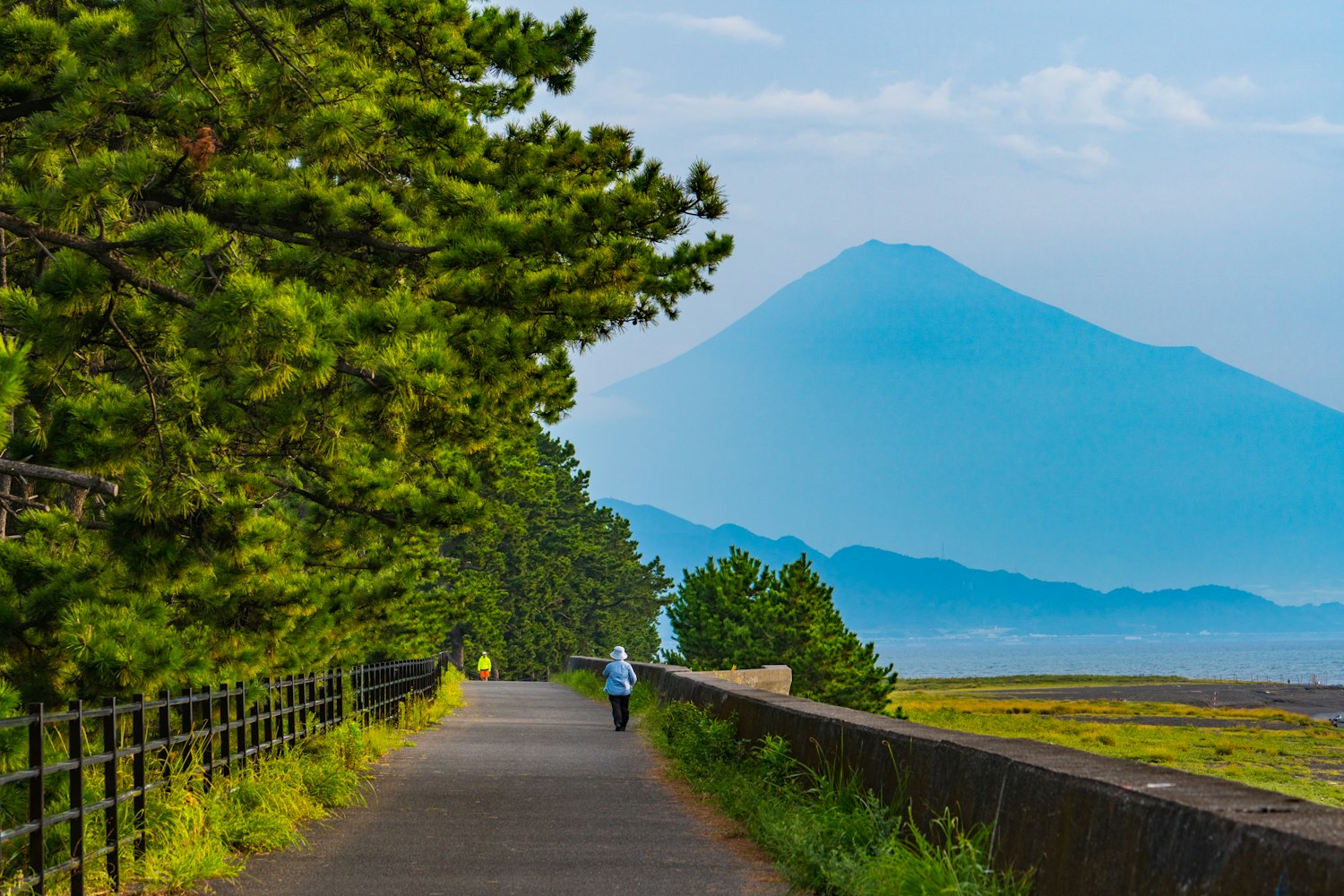
Having lived here for years, I think summer in Japan is absolutely worth experiencing if you're prepared. The unique festivals, vibrant summer culture, beach escapes, and the joy of discovering summer dishes outweigh the inconvenience of the heat for most travelers I speak with.
To me, it's about adjusting your itinerary. Plan for indoor activities and cultural experiences during peak heat, outdoor sightseeing early in the day or in the evening, and include cooler, mountainous, or coastal locations. With thoughtful planning, a summer trip to Japan can be incredibly rewarding.
While summer isn’t my absolute favorite season in Japan—that spot goes to autumn—I still firmly believe visiting Japan in July or August can offer experiences you simply won't get during other times of the year. You might sweat a little (or a lot), but the memories and experiences are completely worth it.
If you're thinking about planning a summer trip, don’t hesitate to reach out. We can help you craft the ideal itinerary that fits your comfort and interests perfectly, whether you're seeking festival excitement, culinary adventures, or quiet mountain escapes.
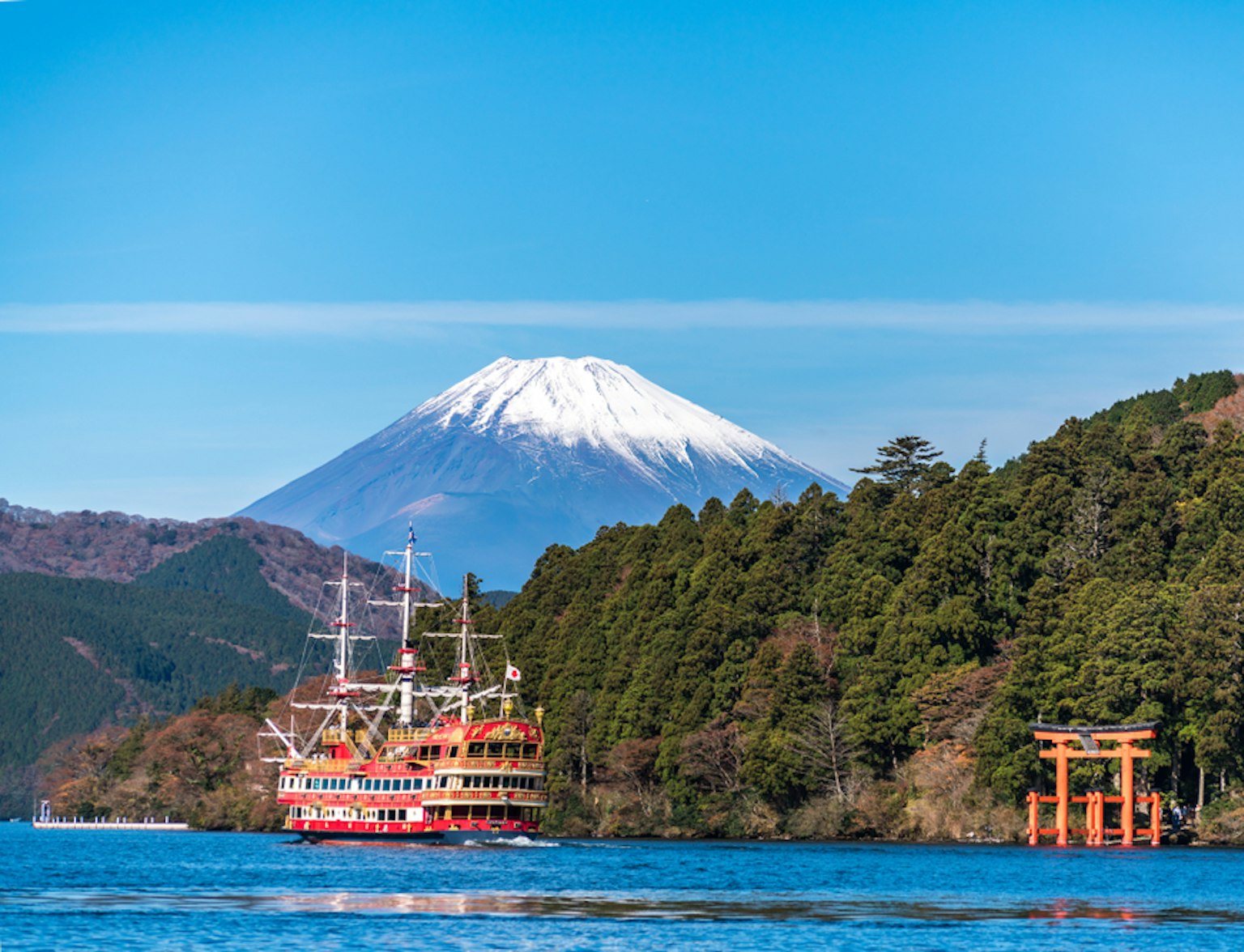
Enjoy a full-day trip from Tokyo to Mt. Fuji and Hakone with a licensed English guide.
